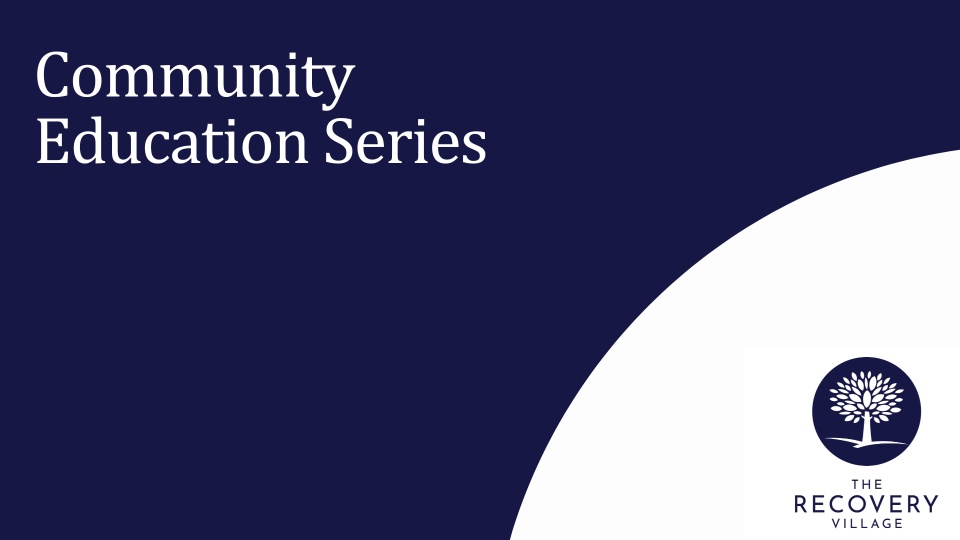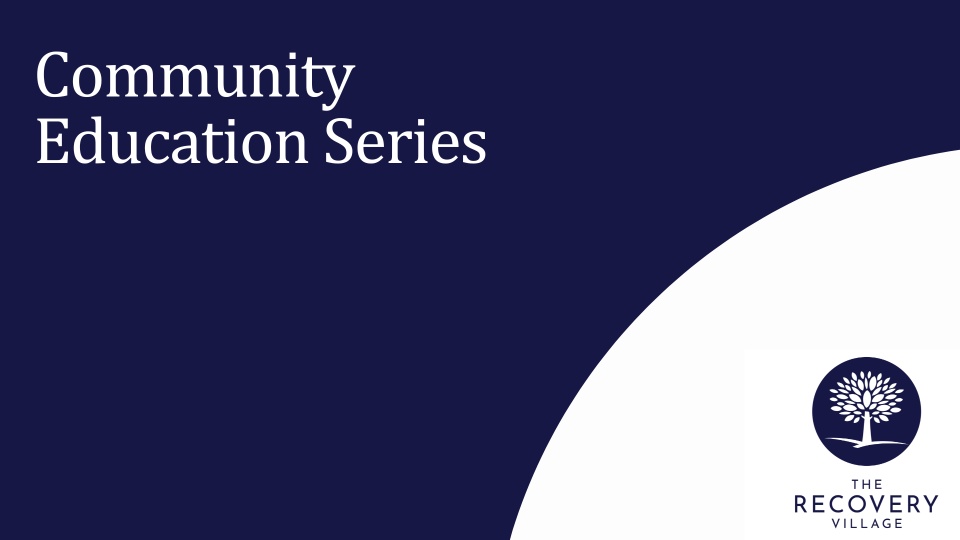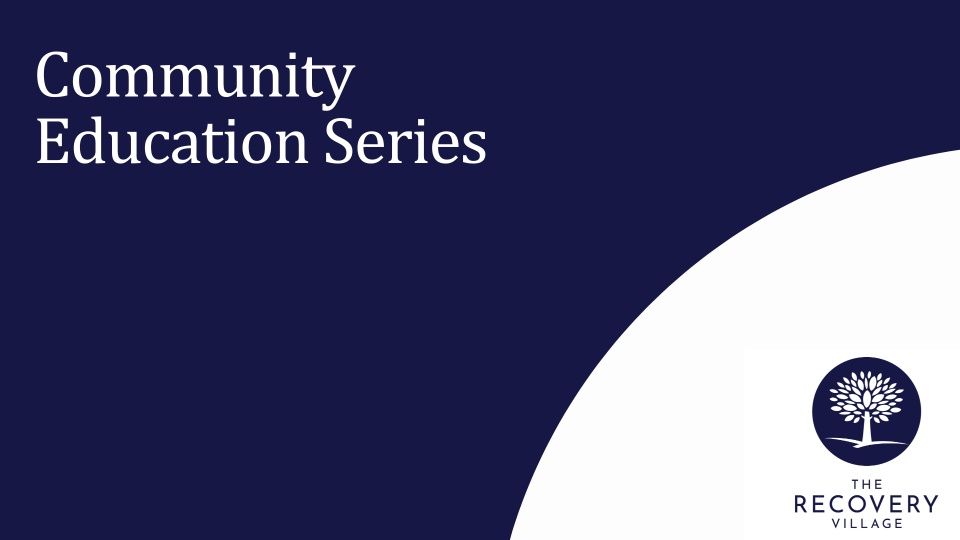Chronic Hope: Parenting the Addicted Child
Estimated watch time: 39 mins
Available credits: none
Objectives and Summary:
In this webinar presentation, Kevin Petersen, LMFT and authorof “Chronic Hope: Parenting the Addicted Child”, reviews the process he takes families through as parents attempt to help their children struggling with addiction. He discusses the trio of strategies essential to this task (boundaries, accountability and structure), common pitfalls, the addiction treatment process and how to find available resources.
After watching this presentation, the viewer will be able to:
- Give examples of how exerting boundaries, accountability and structure in the home can play out.
- Understand the problematic lines of thinking that can lead a family off the road to recovery.
- Find resources in their local area to get help for their family.









